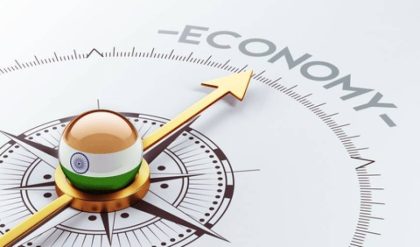Industrial Policy Resolution is a resolution adopted by the Indian Parliament in 1956. It was formulated under the Second Five-Year Plan.
· This resolution categorized industries into three sectors −
- State owned industry;
- Mixed i.e. state and private individual running industry together; and
- Private sector.
· According to the industrial policy, the private sector (industry) was also kept under the state control. To open a new industry or to expand an existing one, the first prerequisite was to obtain a license from the government. Small Scale Industry.
· In 1955, Village and Small-Scale Industries Committee (which is also known as Karve Committee) proposed to promote small-scale industries for rural development.
· To set up a small-scale industry in those days, maximum investment one could make was Rs.5 Lakh. The limit has gone up to Rs.1 Crore now.

Trade Policy
· As self-reliance was the primary objective, trade policy was not in favour of import of foreign goods.
· Import taxes of various goods were very high. This thereby, increased the cost of the goods in the target market.
· In addition to the above discussed conditions, quotas were also imposed and these quotas had an effect on the supply of these imported goods.
· This system was practiced only to protect domestic firms from the foreign competition.
· Thanks to these policies, results were also positive; GDP increased from 11.8 percent (1950-51) to 24.6 percent (1990-91) and the industrial growth rate was a remarkable 6 percent.
· After the implementation of the Trade Policy, industries were no more limited to just jute and textile, rather, they expanded their operations and new units were started.
· In spite of a significant growth, many economists criticized the economic policy, as it was largely controlled by the government. For example, in the telecommunication sector, people used to submit their applications months before they could actually get the connection.
· There was a huge debate on public vs private sector. Many believe, emphasis on public sector restrained the potential economic growth of India.
· On the other hand, the regulation of private sector through licensing system (which people call permit license raj) curtailed the industrial growth potential of the country.
· High import tax and restriction on foreign trade also drew criticism.
· With the introduction of the new liberal economic policy of 1991, Indian economy addressed the prevailing economic problems through the following −
- Liberalization
- Privatization
- Globalization
Prasanta Chandra Mahalanobis
Many of the economists and other scholars contributed to the formation and nurturing of the Indian economic system.
Born and brought up in Calcutta, Mr. Mahalanobis went to Cambridge University (England) for his higher studies. Because of his contribution in the subject statistics, he was appointed as the Fellow (member) of Britain’s Royal Society.
The Indian Statistical Institute in Calcutta was established by Mahalanobis. He also started a journal namely ‘Sankya.’





